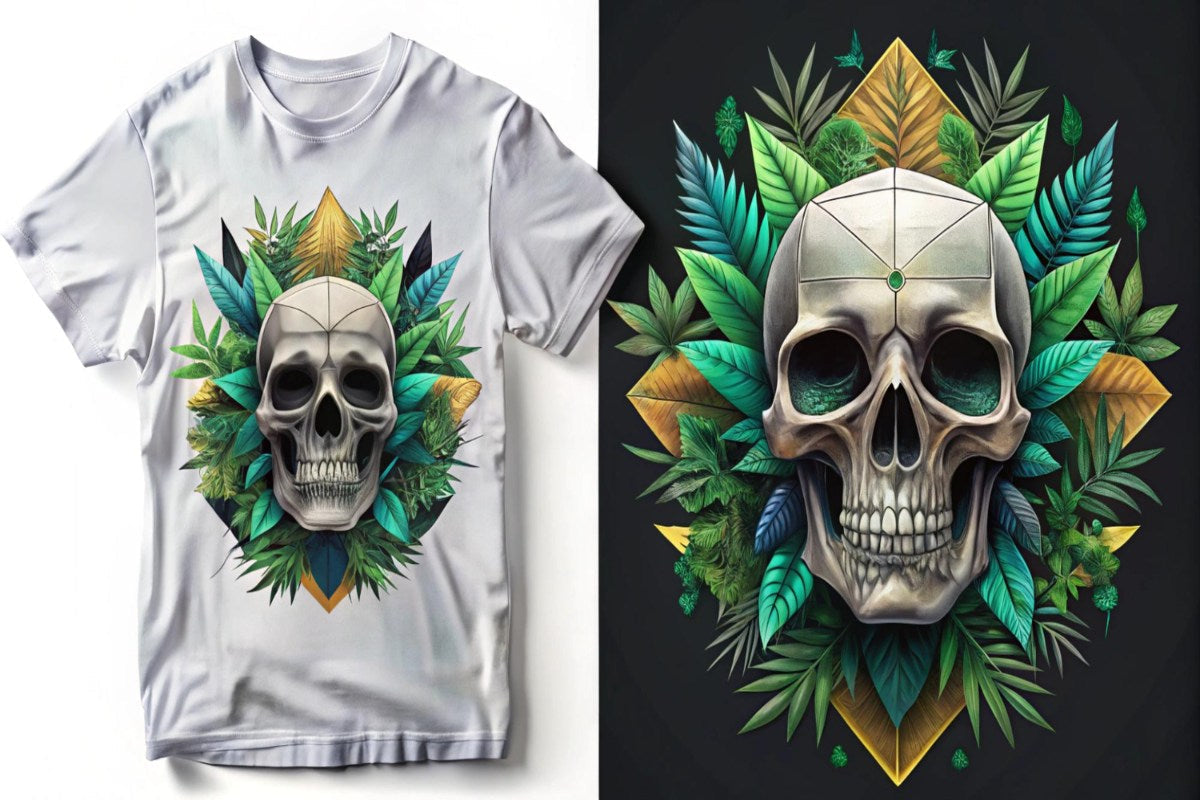
Step-by-Step Florida DTF Application Guide
Florida DTF: Precision Printing with Local Support
Florida DTF services provide more than just printed transfers—they offer guidance, tools, and expert advice to ensure flawless application results. With access to high-quality materials and fast local fulfillment, Florida-based providers give creators the resources they need for professional-grade apparel production. From hobbyists to high-volume businesses, mastering DTF application begins with understanding the proper steps from your trusted Florida partner.
DTF Transfers: Engineered for Easy, Clean Application
DTF Transfers are known for their versatility and vibrant finish, but the real magic happens during the application process. With the right tools and technique, anyone can achieve crisp, long-lasting results without expensive equipment or complex workflows. Designed to bond with a variety of fabrics, DTF offers a smooth peel, a soft feel, and consistent durability—ideal for both light and dark garments.
Preparing Your Garment for DTF Application
Before applying any transfer, make sure your garment is clean, wrinkle-free, and pre-pressed to remove moisture. Florida DTF providers often recommend using a lint roller and heat press for optimal surface preparation. Pre-pressing at around 280°F for a few seconds helps smooth the fabric and create a better bond. Skipping this step can result in uneven adhesion and reduce print longevity.
Aligning and Placing the Transfer Properly
Proper placement is essential for a professional look. Use a ruler, T-shirt alignment tool, or visual guides to center your DTF Transfer on the garment. Florida shops typically print on transparent PET film, making alignment easier. Make sure your design is straight, and that there’s enough spacing between multiple elements to avoid overlaps during pressing. Accurate placement ensures your final product looks polished and retail-ready.
Applying Heat with the Correct Temperature and Pressure
Using a heat press is the most reliable way to apply DTF Transfers. Set the press to around 300–320°F with medium to firm pressure. Press for 10–15 seconds, depending on the material and film type provided by your Florida DTF supplier. This combination of consistent heat and even pressure activates the adhesive layer, bonding the transfer to the fabric. Avoid pressing too long or too hot, as it can cause discoloration or adhesive bleed.
Cooling, Peeling, and Post-Press Finishing
Once pressed, let the garment cool for at least 5–10 seconds if using a cold peel film—or follow your provider’s guidelines. Gently peel away the film in one smooth motion. If edges lift, repress briefly with a protective sheet. For added durability, apply a quick post-press for 5 seconds with parchment or a Teflon sheet. This final step seals the print and enhances its wash resistance and softness, ensuring the garment is ready for long-term wear.
Conclusion
Applying Florida DTF Transfers doesn’t require advanced skills—just the right method, reliable materials, and a bit of patience. By following a step-by-step approach, you can produce vibrant, durable prints that look professionally made. Whether you’re working with single orders or high-volume batches, the process remains simple, scalable, and rewarding. With guidance from Florida DTF experts, you’re set up for success from design to application.
Frequently Asked Questions
What temperature is best for applying DTF Transfers?
Typically between 300–320°F depending on your fabric and film type.
Should I use a cold or hot peel method?
Follow your film instructions—some are cold peel, others are warm peel.
Can I use an iron instead of a heat press?
A heat press is strongly recommended for even temperature and pressure.
What fabrics work best with DTF?
Cotton, polyester, blends, fleece, and canvas all accept DTF very well.
How long should I pre-press my garment?
Pre-press for about 3–5 seconds to remove moisture and wrinkles.
What if the edges of my transfer lift?
Repress the area for a few seconds with a Teflon or parchment sheet.
Is post-pressing really necessary?
Yes, it improves wash resistance and creates a softer finish.
Can I wash the garment right after pressing?
Wait at least 24 hours before the first wash for best durability.
Why does my transfer look faded?
It may be caused by over-pressing or using incorrect temperature settings.
Do Florida DTF shops provide pressing instructions?
Yes, most include detailed guides based on the transfer type you order.






